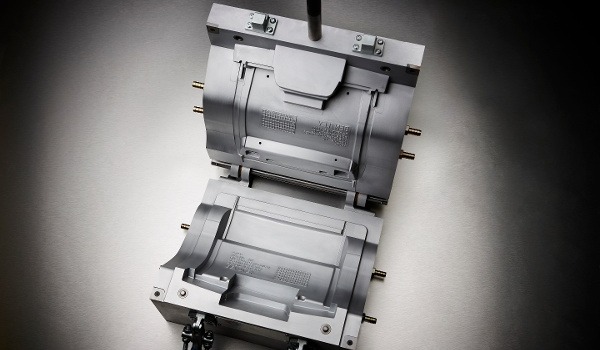When buying a mould tool, we understand that cost will likely be one of the most important factors when choosing which supplier to buy from. If approached correctly, there are several ways to reduce the cost of mould tooling.
This blog covers five key considerations to help reduce your final cost, including the base material specified, simplifying the design and working with your mould tooling supplier from the start.
Read more:
-
Get your specification correct from the start.
Strictly speaking, this is a way to avoid unnecessary costs, but it's an important way to keep your project costs under control from the very start. One easy way to reduce your mould tool cost is to get your specification right initially, avoiding costs changes and modifications throughout manufacture.
This includes making sure you provide your potential supplier with accurate information for a precise quote. To make sure, work with your supplier from the beginning; they'll always be happy to offer advice and guidance. Investing in the details at the beginning will pay off long term.
Some things to talk through with your supplier include:
- What are the component dimensions and number of impressions? These both have a direct impact on mould tooling dimension, and subsequent cost.
- Are over moulded components to be held within the completed mould?
- Will a wall section be required to allow heat transfer?
- Are guides required on tooling side cores etc?
-
Specify the proper base material for your mould tooling project
The base material outlined in the mould tooling specification will significantly impact your project's timescale – and cost. Therefore, make sure that you specify the base material suitable for your precision mould tooling project's requirements, as over-specification with unnecessary materials can quickly increase costs.
Mould tooling can be manufactured from resin or tooling board which is cheaper and faster to produce. However, this is usually only suitable for small lifespan production or prototype tooling due to increased wear of the mould faces.
-
Can you simplify your mould tool design?
Simplifying your mould tooling requirements and design is an obvious but often overlooked way to reduce costs.
Removing the need for withdrawing parts (required if your product has undercuts) is an effective way to do this, which can be simplified at the product design stage.
Other considerations include whether your tool design will incorporate separate inserts, cores or over moulded parts. If the component geometry does not allow the part to be removed from the mould 'in line of draw', the design will probably require loose cores and inserts to be repositioned to allow part removal, impacting cost. Different requirements will need other production methods, impacting the project's timescale and final cost. Discussing ways to simplify your tooling design with your supplier from the beginning can considerably maximise your budget.
Read more:
6 Reasons You Should Purchase from a UK Manufacturer
PU and RIM Mould Manufacture: How does design affect cost & performance?
-
Think about the surface finish required
While specific surface finishes on mould tooling such as etching and polishing can be required, adding these automatically and unnecessarily can quickly add unwanted costs to your project, including changing the product's geometry to accommodate particular finishes. So think carefully about the surface finishes you specify – are they required?
-
Have realistic lead times for your project
We all have last-minute deadlines pop up, but time crunches lead to increased costs. Overtime hours from your mould tooling manufacturer can add high extra costs to your project, so working with ample lead times is a simple way to reduce mould tooling costs.
Building in sufficient time at the start of the project also ensures enough time to simplify design and specification requirements, reducing the likelihood of any costly modifications at the manufacturing stage.
Reducing the cost of your mould tooling
It's easy to stick to standardised specifications for mould tool design. But taking the time to get into the details for each of your mould tooling projects can reduce costs significantly. When buying mould tools, work with your suppliers from the very beginning – investing the time at the start of the product is likely to save you huge amounts of time and money.
If you'd like some help with reducing the cost of your next project, we’d love to hear from you. Let us know you'd like to talk by requesting a call back.
For more content like this, follow us on LinkedIn by clicking the button below.


